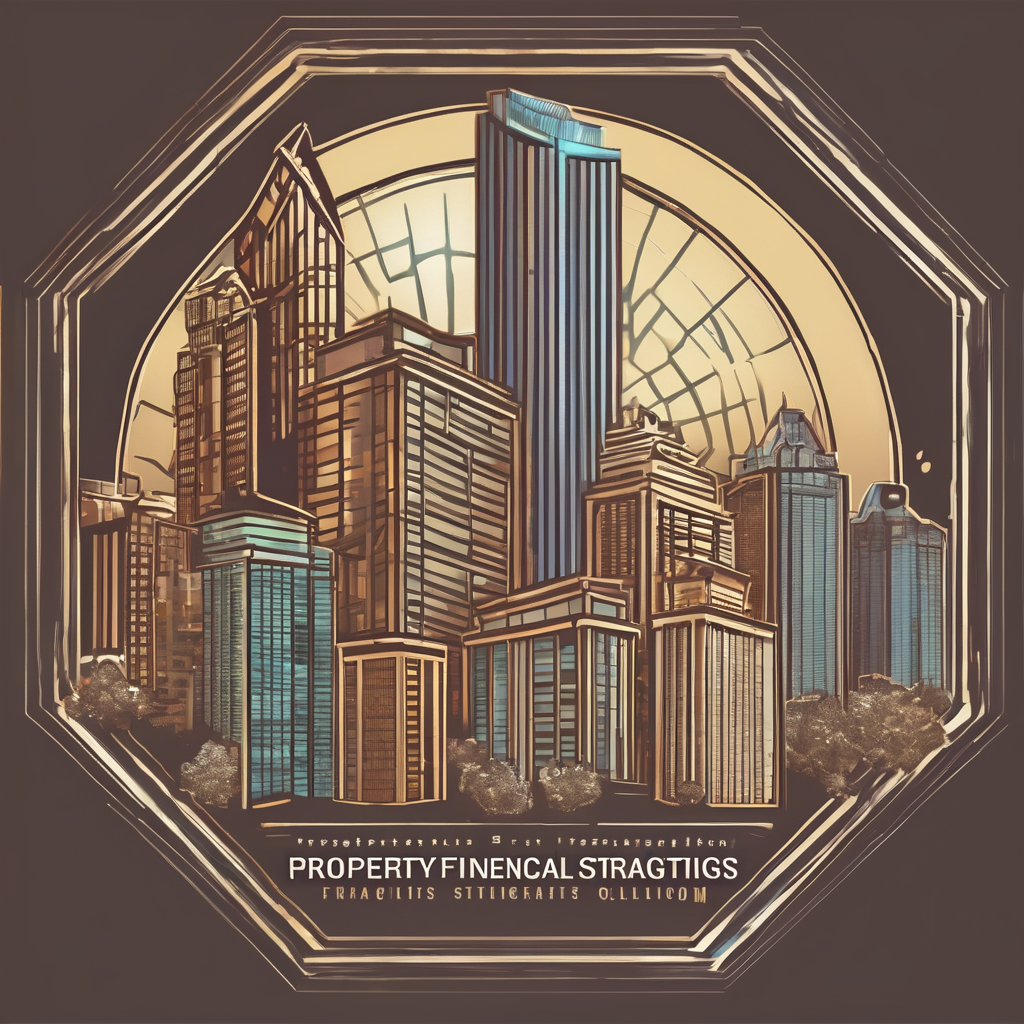Given the recent changes in the United Kingdom’s commercial property market, property investors are searching for new strategies to ensure success. With factors such as demand, office growth, residential interest, and financial market conditions having a significant impact on potential investments, understanding these elements is key to navigating this complex and dynamic market.
Evaluating Current Market Conditions
The successful entry into the commercial property market begins with a comprehensive understanding of the current market conditions. Investors must not only look at market prices and trends, but also the broader financial landscape.
A découvrir également : What are the potential impacts of upcoming UK infrastructure projects on local property markets?
The United Kingdom’s financial markets have seen various fluctuations over the past year, influenced by factors such as Brexit, changes in interest and mortgage rates, and the ongoing economic consequences of the COVID-19 pandemic. For those of you looking to invest in commercial property, these changes translate into both risks and opportunities.
For example, higher interest and mortgage rates can make properties more costly to finance, potentially reducing profit margins. However, these same conditions can also deter other investors, reducing competition and potentially opening up opportunities for savvy investors to snap up undervalued properties.
En parallèle : How can UK property owners benefit from installing smart home systems in rental properties?
Furthermore, the real estate market’s performance is also closely tied to the larger economy. So, investors should pay close attention to economic indicators such as GDP growth, unemployment rates, and consumer confidence. These factors can indicate the potential demand for commercial properties, influencing rental rates and property values.
Understanding Demand
Understanding the demand for commercial property is essential. This requires assessing not just current levels of demand, but also how demand might change in the future.
In recent years, the United Kingdom has seen a surge in demand for certain types of commercial properties, notably in the office and residential sectors. This demand has been driven by factors such as population growth, urbanisation, and changes in work and living habits.
However, demand for commercial property can also be influenced by less predictable factors. For instance, the COVID-19 pandemic has led many businesses to reassess their need for office space, as remote working becomes more commonplace. This shift in work habits could lead to a decline in demand for office space, and an increase in demand for residential properties.
Investors should also consider regional variations in demand. For example, demand for commercial properties in London and other major cities may differ significantly from demand in smaller towns and rural areas.
Considering the Type of Property
The type of property you choose to invest in can significantly affect your success. Commercial properties can be broadly classified into retail, office, industrial, and mixed-use properties, each with its own set of considerations.
Retail properties, for instance, have been particularly hard hit by the increase in online shopping and changing consumer habits. On the other hand, the demand for office space is growing, fueled by companies seeking more flexible and collaborative work environments.
Conversely, industrial properties like warehouses and distribution centres have seen a surge in demand, driven by the growth of e-commerce. However, these properties can also be more susceptible to economic downturns, as they rely heavily on manufacturing and trade activities.
Finally, mixed-use properties, which combine elements of retail, office, and residential spaces, can provide a diversified income stream. However, they can also be more complex to manage and may require a larger initial investment.
Studying Market Growth and Future Projections
In addition to considering current conditions, investors must also consider future market growth. This requires analysing trends and projections in both the economy and the property market.
An important factor to watch is the pace of office growth. As the economy recovers and businesses expand, the demand for office space will likely increase. However, investors must also consider potential changes in the way businesses use office space. For instance, the trend towards remote working could reduce the demand for large office spaces, while increasing the demand for smaller, more flexible workspaces.
Similarly, investors should monitor trends in residential demand. As the population grows and urbanisation continues, the demand for residential properties is likely to increase. However, changes in household composition, such as an increase in single-person households, could shift the demand towards smaller, more affordable properties.
In conclusion, successfully investing in the United Kingdom’s commercial property market requires a careful evaluation of a range of factors. By considering these elements, you can make informed decisions and increase your chances of success.
Analysing Financial Factors
A prudent investor will also analyse the financial factors that can influence the real estate market. Interest rates, for instance, are a critical consideration in property investment. Higher interest rates can reduce the affordability of properties, cooling demand and potentially causing house prices to fall. Conversely, lower interest rates can stimulate demand and push up prices.
In the United Kingdom, the Bank of England sets the base interest rate, and changes can have a direct impact on mortgage rates. Therefore, investors should closely monitor these rates and consider their potential impact on the property market.
Equally critical are broader economic conditions. The performance of the real estate sector is closely connected with the health of the overall economy. For instance, high unemployment rates can reduce demand for commercial properties, as fewer people have the means to rent or buy spaces. Therefore, it is crucial to keep tabs on economic indicators such as the GDP growth, unemployment rates, inflation, and business confidence.
The Role of Market Size and Rental Yields
One aspect that investors should not overlook is the market size. It determined by the number of potential buyers or renters in a given location. Larger markets often provide more opportunities but can also be more competitive. Hence, an understanding of the market size can inform decisions about where to invest and which property types are likely to offer the best returns.
Moreover, rental yields – the annual rental income as a percentage of the property’s cost – are another key factor. Higher rental yields can indicate a more profitable investment. In the United Kingdom, rental yields can vary significantly between locations and property types. For instance, residential properties in major cities can offer higher rental yields due to high demand and limited supply.
In general, a good understanding of the property market size and rental yields can help investors identify lucrative opportunities and assess the potential return on investment.
In Conclusion
Entering the UK’s commercial property market successfully demands a multifaceted approach. It involves considering not just the current market conditions and financial factors, but also the demand, the type of property, and future projections.
As an investor, one should stay informed about shifts in the economy, changes in interest rates, the size of the market, and rental yields. Also, it’s essential to stay adaptable and ready to adjust your strategy as market conditions change.
Remember, successful real estate investment isn’t solely about choosing the right property; it’s also about understanding the market and making informed decisions. As you navigate the complexities of the UK property market, always ensure to do your homework, stay informed, and remain agile. This way, you can maximise your chances of achieving long-term success in your commercial property investments.






